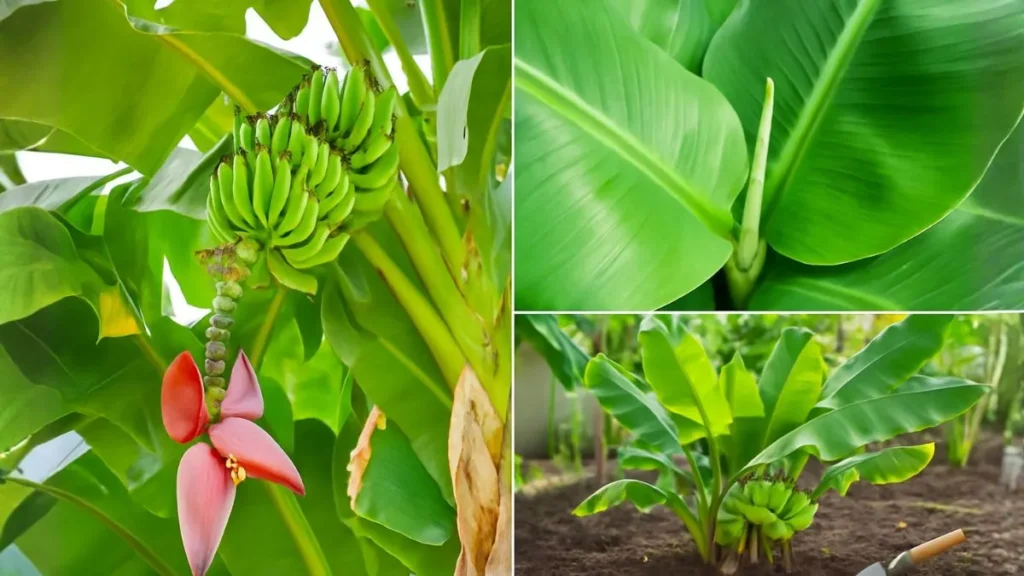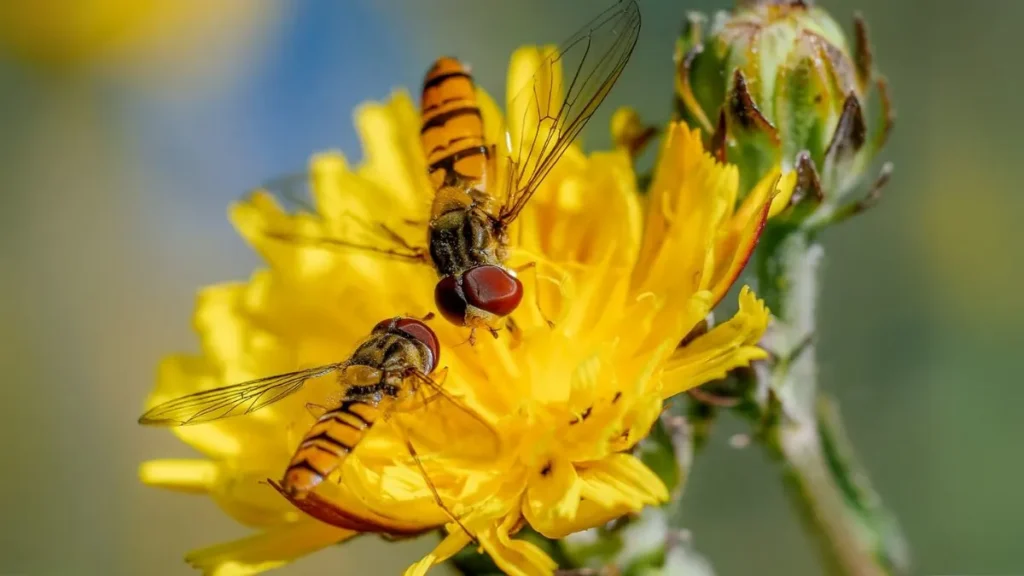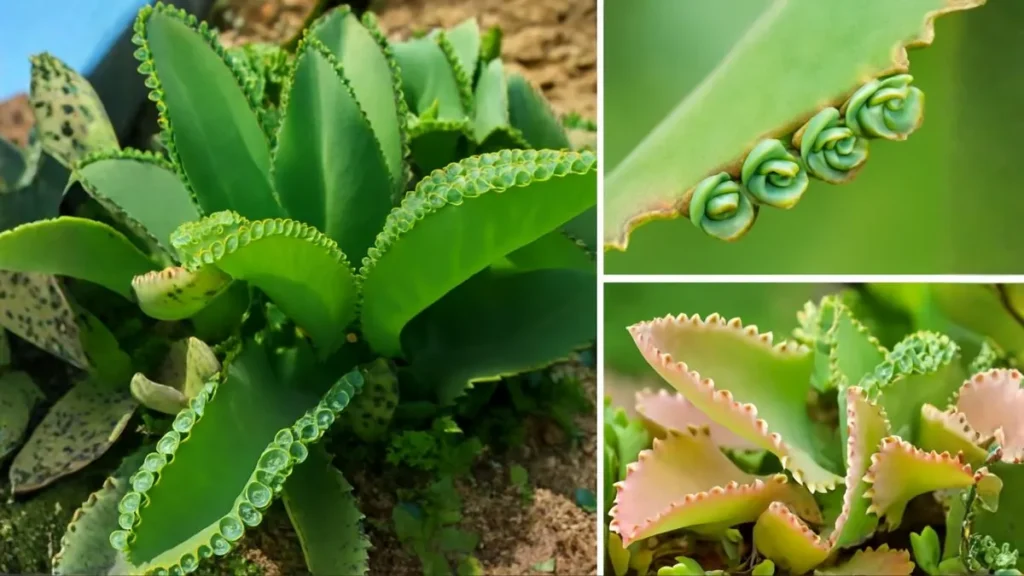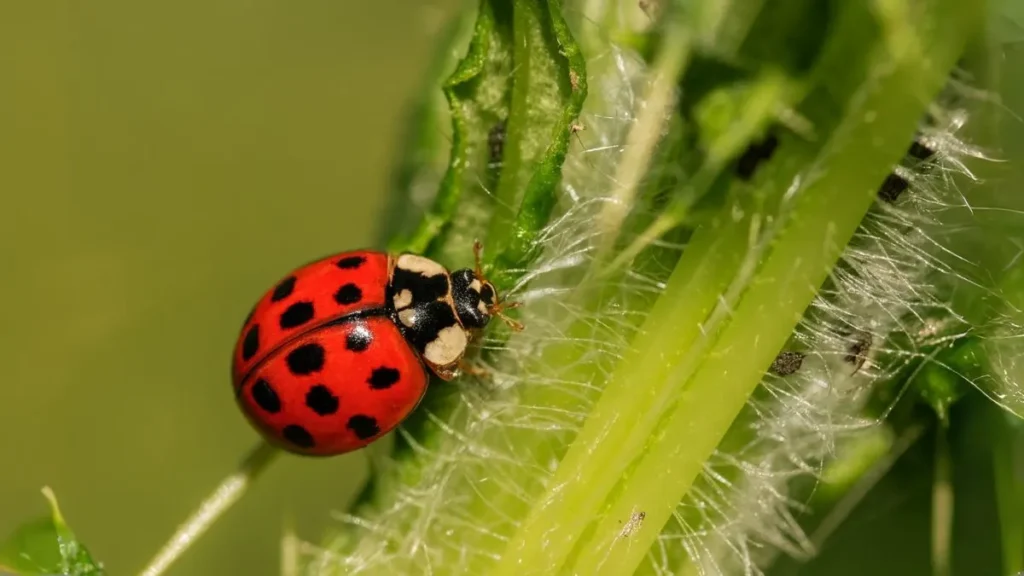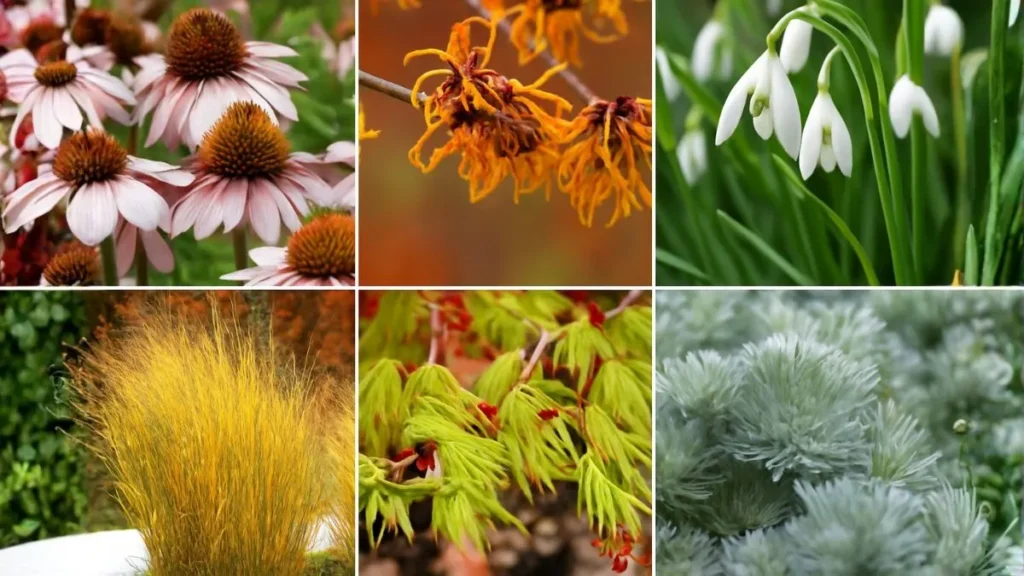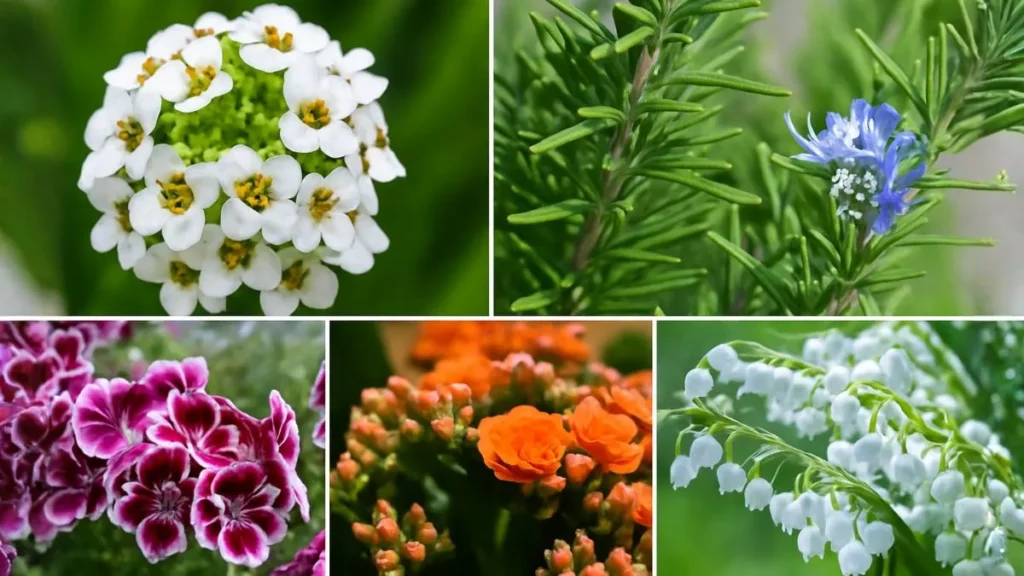When you look at a garden in full bloom, it’s easy to think plants are resilient enough to handle anything. But in reality, plants are just as vulnerable to harm as humans or animals. From a sudden frost to a fungal attack, injuries can slow their growth, ruin their appearance, or even kill them.
Understanding injury in plants isn’t just for scientists—it’s something every gardener, farmer, or plant lover should know.
What Exactly Is Plant Injury?
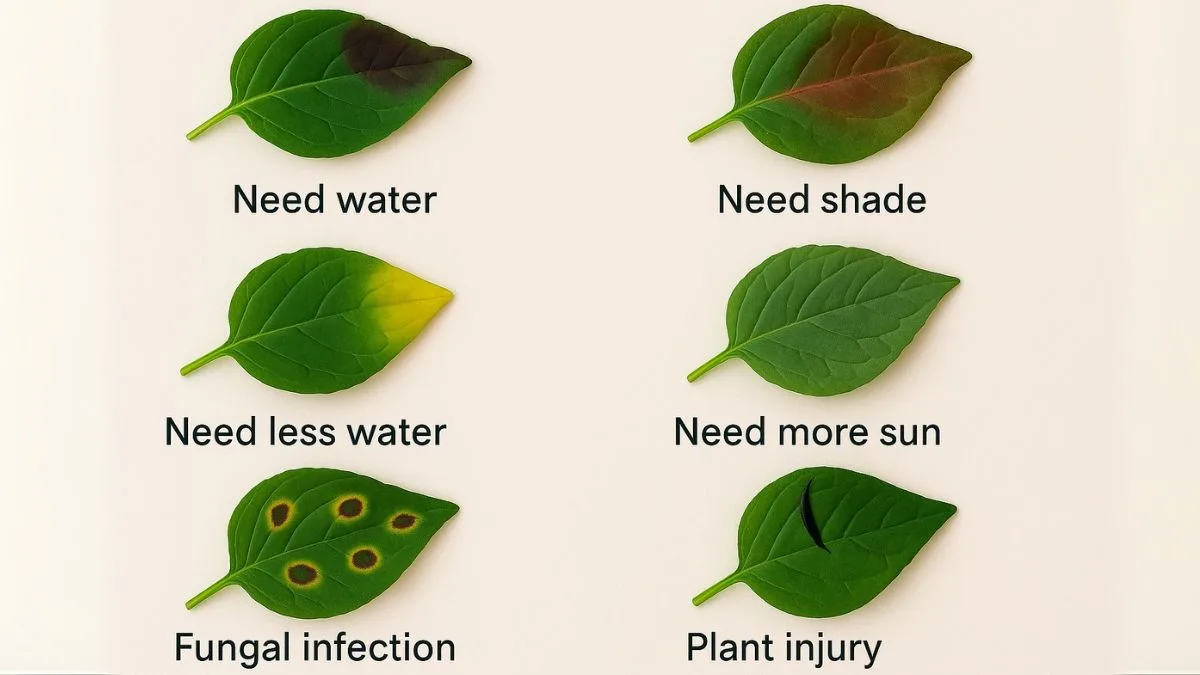
In simple terms, injury in plants means any damage caused either by living organisms (like pests, fungi, or bacteria) or injuries to plants caused by nonliving agents or factors (like temperature extremes, pollution, or poor soil conditions).
Some damage is instant—a snapped branch in a windstorm. Others are slow and sneaky—like a nutrient deficiency causing pale, weak leaves over months. Either way, plant injuries interfere with normal growth and open the door to bigger problems.
Different Ways Plants Get Hurt
1. Physical or Mechanical Injuries
Think of these as “accidents” in the plant world—broken stems from heavy winds, bark stripped off by tools, or soil compacted by foot traffic. While pressure changes and mechanical forces trigger wound healing in plants, deep cuts and crushed roots can take months to recover.
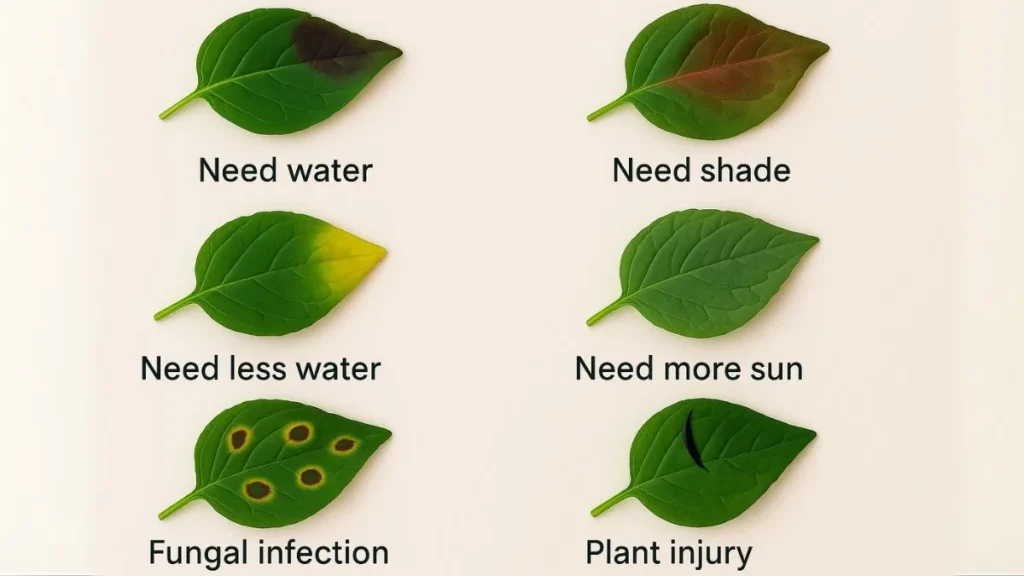
2. Biological Injuries
These are caused by living threats like fungi, bacteria, viruses, and insects. Classic signs include the formation of leaf spots, stem blights, or cankers—visible warnings that a plant is under attack.
3. Abiotic Injuries
Not all plant injuries come from living enemies. Injuries to plants caused by nonliving agents or factors include frostbite from freezing weather, dehydration during droughts, or damage from air pollutants.
Also Read: Lemongrass: The Stylish Patio Plant That Mosquitoes Hate
Reading the Warning Signs
The sooner you spot trouble, the faster you can help your plant bounce back. Symptoms are the modified appearance of the affected plant and they tell a story about what’s wrong.
Look out for:
- Dead, discolored, or injured areas of tissue – These could be from disease, pests, or harsh conditions.
- Yellowing leaves – Often caused by nutrient issues or overwatering.
- Wilting – A sign of root trouble or lack of water.
- Curling leaves – Could be from insect attacks or intense heat.
- Stunted growth – A long-term effect of chronic stress or infection.
In severe cases, plant damage is defined as harm to plants that triggers the production of stress toxins, weakening them even further.
Why Do These Injuries Happen?
Plant injuries have many triggers:
- Pests & Diseases – From caterpillars munching on leaves to fungi rotting stems.
- Extreme Weather – Heatwaves, frost, storms, and high winds.
- Human Error – Over-pruning, chemical overuse, or simply stepping on roots.
- Nutrient Problems – Deficiencies or excess minerals in the soil.
- Pollution – Contaminated water or industrial emissions.
Plant Pathology: The Science That Saves Plants
Plant pathology is the study of plant disease including the reasons why plants get sick and how to stop it. Experts in this field:
- Identify harmful organisms and environmental threats.
- Develop disease-resistant plant varieties.
- Recommend prevention and treatment strategies.
For farmers and gardeners, following plant pathology principles means fewer losses and healthier, longer-living plants.
How to Prevent Plant Injuries Before They Happen
- Inspect Regularly – Spotting problems early means easier fixes.
- Water Smartly – Avoid both flooding and drought stress.
- Feed Properly – Balanced nutrition strengthens plant immunity.
- Handle Gently – Minimize rough pruning or physical disturbance.
- Weather Protection – Shade nets, frost covers, and windbreaks work wonders.
Also Read: 5 Mysterious Flowers That Will Leave You Spellbound
Treatment: Helping Plants Heal
Different causes need different cures:
- Mechanical damage – Prune carefully and allow natural healing.
- Pests/Diseases – Apply organic or approved chemical treatments.
- Abiotic stress – Change environmental conditions—improve drainage, adjust sunlight, or alter watering schedules.
- Nutrient deficiencies – Provide the right fertilizer in correct doses.
The aim is simple: restore normal function and reduce future stress.
Why This Matters
Healthy plants are the foundation of a thriving ecosystem. By knowing how to identify and manage injuries, you:
- Increase crop yields.
- Extend the life of ornamental plants.
- Save money on replacements.
- Support environmental balance.
Whether it’s the formation of leaf spots, stem blights, or cankers, environmental stress, or dead, discolored, or injured areas of tissue, every sign matters. By combining preventive care with timely treatment—and using knowledge from plant pathology—you can keep your plants strong, beautiful, and productive for years.
